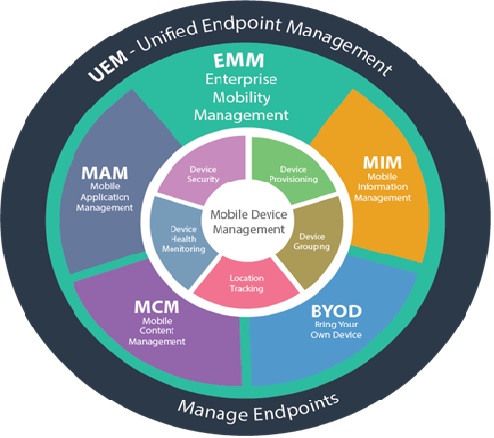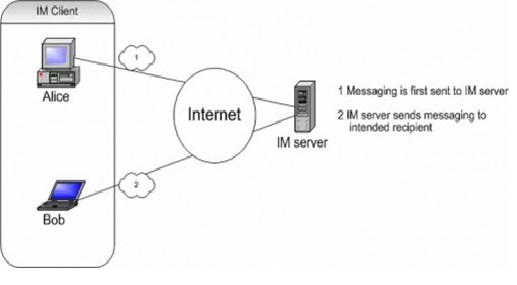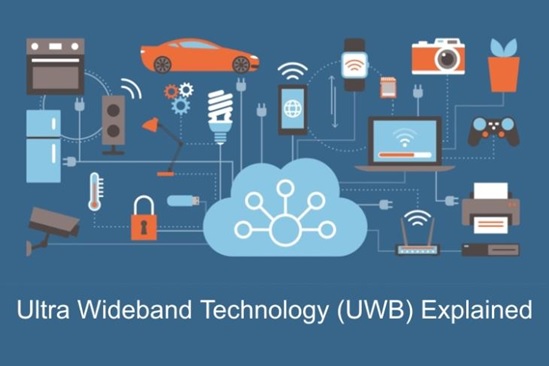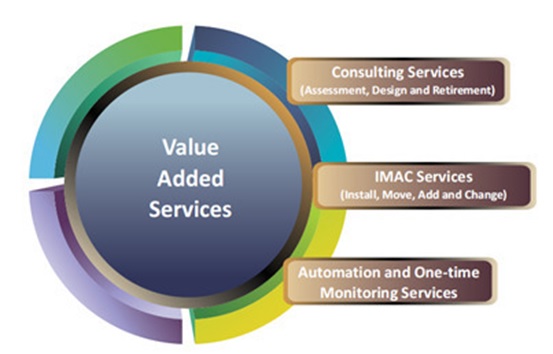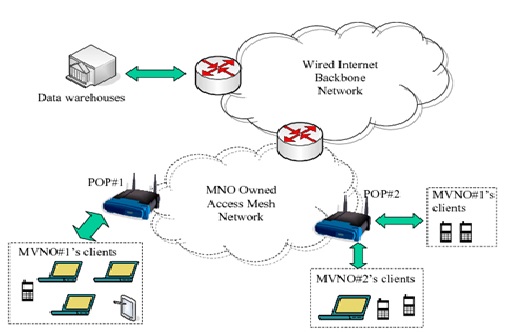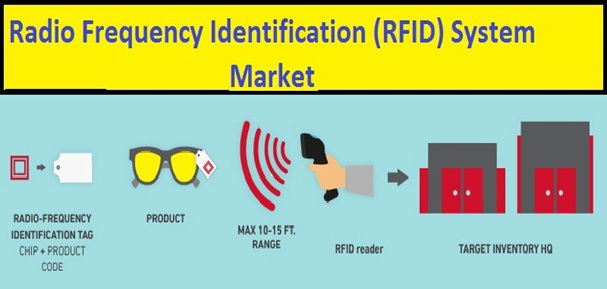Quality of Service (QoS) Management
Quality of service (QoS) is the use of mechanisms or technologies that work on a network to control traffic and ensure the performance of critical applications with limited network capacity. It enables organizations to adjust their overall network traffic by prioritizing specific high-performance applications.
QoS is typically applied to networks that carry traffic for resource-intensive systems. Common services for which it is required include internet protocol television (IPTV), online gaming, streaming media, videoconferencing, video on demand (VOD), and Voice over IP (VoIP). [1]

Figure 1. The quality of service (QOS) management
Figure 1 shows using QoS in networking, organizations have the ability to optimize the performance of multiple applications on their network and gain visibility into the bit rate, delay, jitter, and packet rate of their network. This ensures they can engineer the traffic on their network and change the way that packets are routed to the internet or other networks to avoid transmission delay. This also ensures that the organization achieves the expected service quality for applications and delivers expected user experiences.[1]
Wi-Fi gets a dose of QoS :
The Wi-Fi Alliance has kicked off a new certification program that brings a standardized approach to traffic prioritization when traffic demands exceed the available bandwidth on the network.
As a QoS-related step beyond Wi-Fi's traditional equal priority access approach, the new certification program centers on enabling Wi-Fi devices, applications and network managers to prioritize traffic flows, ensuring that traffic for real-time applications and services is inserted into queues with higher priority.
This new Wi-Fi QoS Management capability benefits all generations of Wi-Fi, including Wi-Fi 6, and can operate in all spectrum bands supported by Wi-Fi, including spectrum in the 6GHz band, Kevin Robinson, SVP of marketing for the Wi-Fi Alliance, explained in an email exchange with Light Reading.
The Wi-Fi Alliance said the QoS management capability aligns with IETF recommendations for QoS mapping, as it introduces two new technologies: Differentiated Service Code Point (DSCP) mapping and Mirrored Stream Classification Service (MSCS). [2]
Future of QOS Management:
The technological convergence had been around for almost twenty years. Today Internet made it possible. And this is not only technical evolution. The way it changed our lives reflected in variety of applications, services and technologies used in day-to-day life. Such benefits imposed even more requirements on heterogeneous and unreliable IP networks. Current paper outlines QoS management system developed in the NetQoS [1] project. It describes an overall architecture of management system for heterogeneous networks and proposes automated multi-layer QoS management. Paper focuses on the structure of the most crucial modules of the system that enable autonomous and multi-layer provisioning and dynamic adaptation.[3]
References:
- https://www.fortinet.com/resources/cyberglossary/qos-quality-of-service
- https://www.lightreading.com/4g3gwifi/wi-fi-gets-dose-of-qos-/d/d-id/767600
- https://publications.waset.org/8066/qos-management-in-the-future-internet
Cite this article:
Thanusri swetha J (2021), Quality of service (QOS)Management, AnaTechmaz, pp. 26




